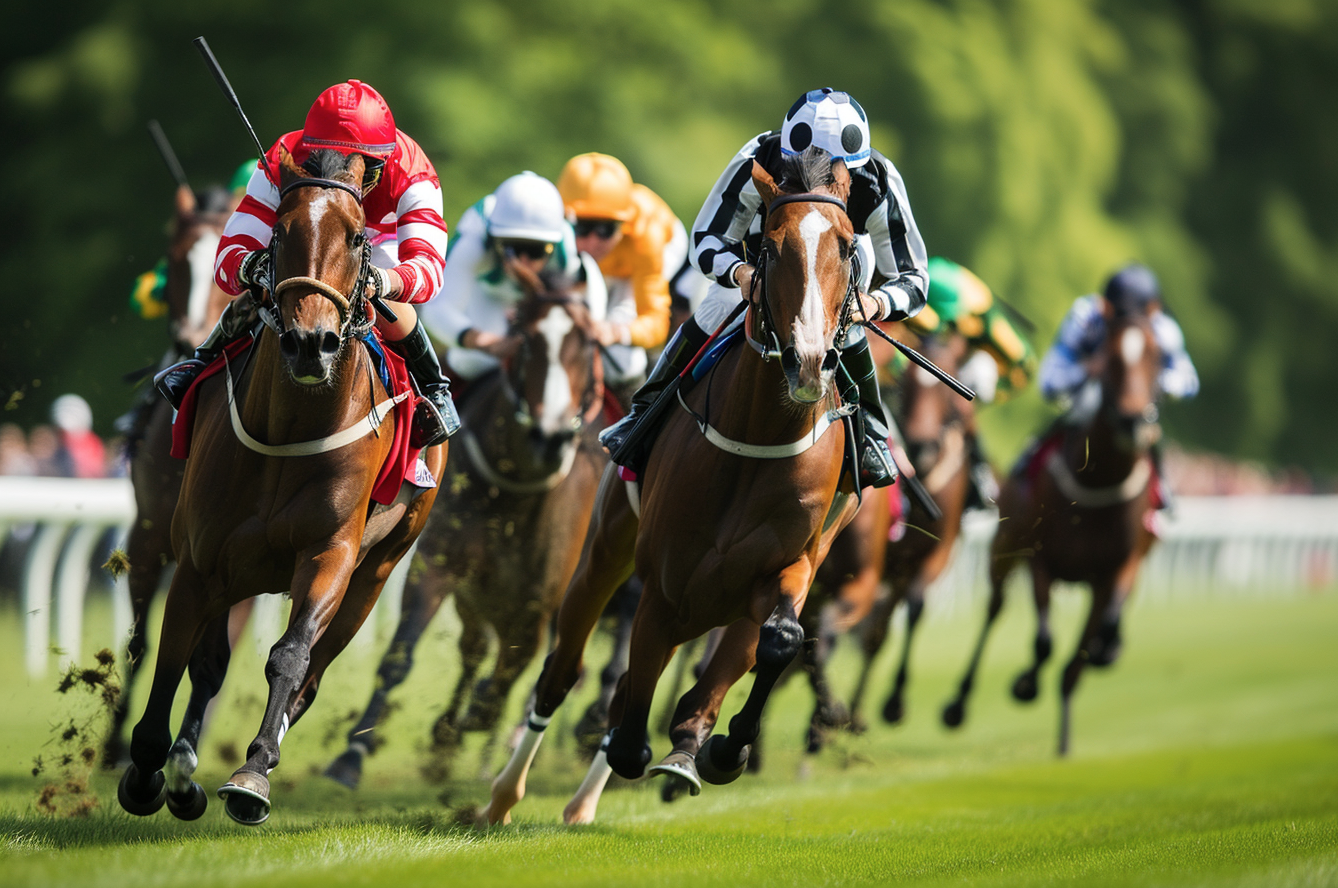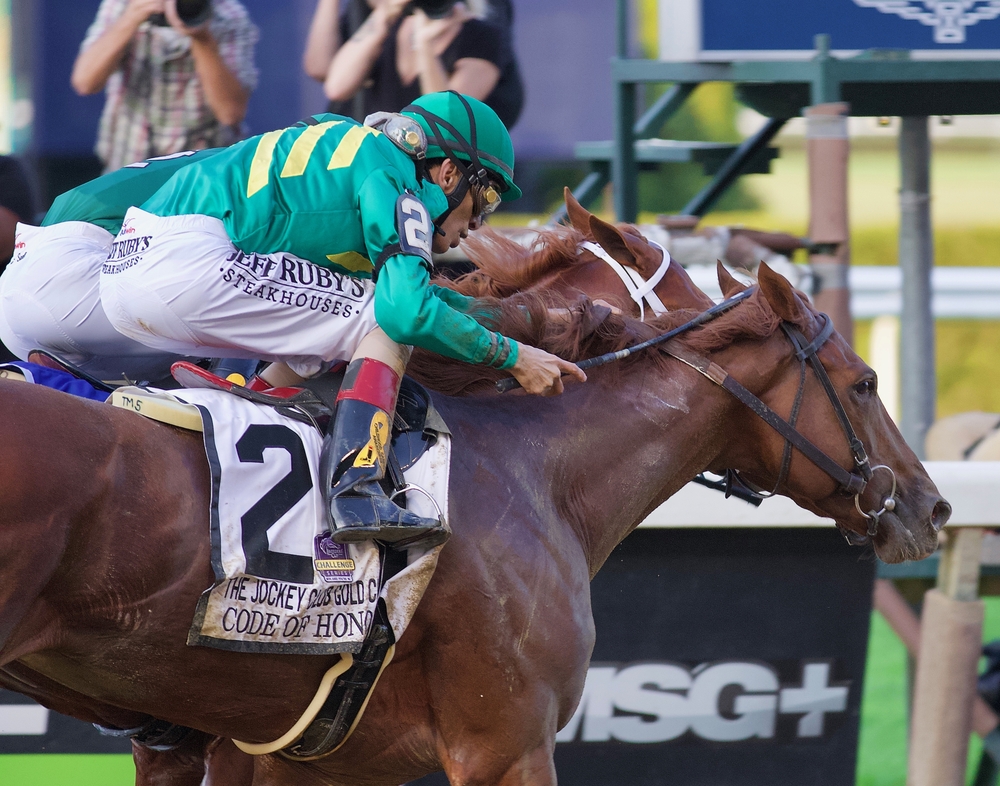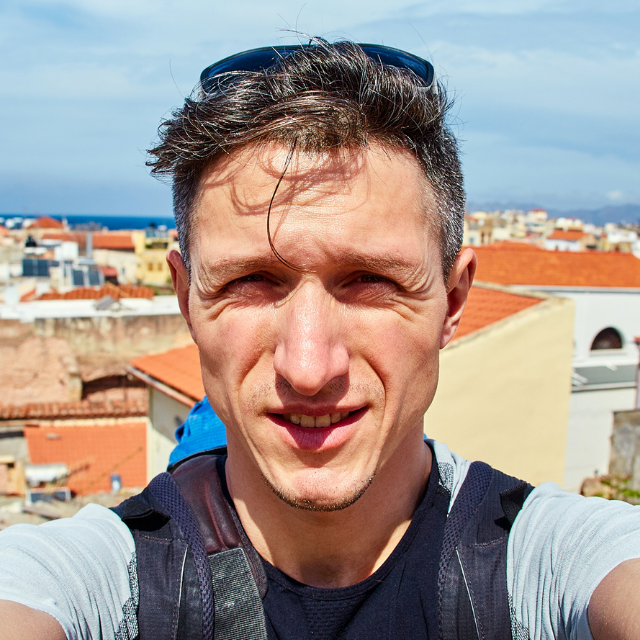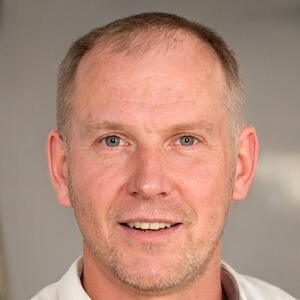Horse racing in Morocco has a rich and long-standing history, with the first official racecourse established in Casablanca in 1912. Today, Morocco boasts seven horse racing tracks and hosts numerous races and competitions throughout the year. The country has also invested in expanding its equine segment, with a government strategy aimed at promoting the Barb horse breed, developing new uses for horses, and expanding horse racing in Morocco.
The regulatory bodies and infrastructure of horse racing in Morocco are well established, with the Royal Moroccan Equestrian Federation overseeing the sport and ensuring that all races and competitions adhere to strict standards of safety and fairness. Breeding and training of horses for racing is also a key aspect of the equine segment in Morocco, with over 3,000 horses registered in training for racing, and most of the races represented by horses bred and trained in Morocco.
For those interested in horse racing in Morocco, there are numerous races and competitions to attend throughout the year, including the Royal Moroccan Equestrian Club’s annual Grand Prix. In addition to horse racing, there are also alternative equestrian activities available, such as horseback riding and polo. With its expanding equine segment and growing international exposure, the future of horse racing in Morocco looks bright.
Key Takeaways
- Morocco has a rich history of horse racing, with seven horse racing tracks and numerous races and competitions throughout the year.
- The regulatory bodies and infrastructure of horse racing in Morocco are well established, ensuring safety and fairness in all races and competitions.
- In addition to horse racing, alternative equestrian activities such as horseback riding and polo are also available in Morocco.
Horse Racing in Morocco
Morocco has a long-standing tradition of horse racing, with a history dating back to the early 1900s. The Société Royale d’Encouragement du Cheval (SOREC) is the governing body of horse racing in Morocco, responsible for organizing and regulating races across the country.
There are six racecourses in Morocco, with the oldest being Casa-Anfa, built in 1912. The other five are located in Rabat, El Jadida, Settat, Meknes, and Khemisset. Each course has its unique features, with varying track lengths and surfaces. The Anfa Racecourse, for instance, has a 1900m track, while the Rabat racecourse has a 1750m track.
Horse racing in Morocco is a popular sport, with over 3000 horses registered for training and racing. Most of the horses bred and trained in Morocco represent the majority of the races held in the country. The country’s equine segment is expanding, thanks to the government’s strategy, which launched a ten-year plan in 2010 aimed at promoting the equine industry. The plan has three main objectives: expanding horse racing in Morocco, developing new uses for horses, and promoting the Barb horse breed.
The Grand Prix de la SOREC is one of the most significant horse racing events in Morocco, attracting both local and international participants. The event is held annually in Marrakech’s Hippodrome, showcasing the country’s African Horse Racing capabilities.
Casablanca is another city in Morocco that has established and handsomely endowed International Thoroughbred Race Days. The four races held on these days are run on Saturdays in November, with entries closing at the end of October.
In conclusion, Morocco has a rich history of horse racing, with a well-established governing body and six racecourses across the country. Horse racing enthusiasts can enjoy the sport in various cities, including Rabat, El Jadida, Settat, Meknes, and Khemisset. The government’s ten-year plan aimed at promoting the equine industry is expanding the country’s equine segment, with the Grand Prix de la SOREC being one of the most significant horse racing events in Morocco.
Regulatory Bodies and Infrastructure
Morocco’s horse racing industry is regulated by the Royal Moroccan Equestrian Federation (FRMSE) and the Moroccan Society of Equestrian Racing (SOREC). The FRMSE is the governing body of equestrian sports located at the Dar Es Salam facility in Rabat, Morocco. It has been an affiliated member of the International Equestrian Federation (FEI) since 1958. The federation oversees equestrian sporting events, including horse racing, in Morocco.
SOREC is a public company that operates under the umbrella of Morocco’s Ministry of Agriculture, Fisheries, Rural Development, Water and Forests. SOREC’s role is to develop and promote Morocco’s growing racing industry and modernize and promote their racecourses. SOREC has been instrumental in expanding horse racing in Morocco and developing new uses for horses. The company is also responsible for promoting the Barb horse breed and has been successful in increasing the number of horse racing competitions in the country.
Morocco now boasts seven horse racing tracks, and between 2011 and 2017, 650 additional horse racing competitions were organized, representing an overall increase of 37%. The number of horses participating in these competitions also rose by 31% between 2011 and 2016. Additionally, in 2018, Morocco hosted more than 2400 races, in which thousands of horses participated.
The Moroccan government has been supportive of the horse racing industry and has implemented policies to promote its growth. The government’s strategy includes expanding horse racing in Morocco, developing new uses for horses, and promoting the Barb horse breed. The government’s support has been instrumental in attracting investors to the industry and has led to the development of world-class racecourses in Morocco.
Breeding and Training
Barb and Arabian Horses
Morocco is known for its Barb and purebred Arabian horses. The North African Barb horse has been bred in Morocco for centuries and is considered an important part of the country’s cultural heritage. In recent years, the government has taken steps to safeguard the breed and promote its use in various equine activities.
The breeding season in Morocco starts from the beginning of February until the end of June, and during this period, the country imported 88 horses and exported 8. Additionally, Morocco imported 425 straws of frozen semen.
Training and Professionalisation
Morocco has made significant investments in its equine industry, including infrastructure and professionalisation. The government’s strategy has resulted in the creation of new jobs and the expansion of horse racing in the country. The plan has three main objectives: expanding horse racing in Morocco, developing new uses for horses, and promoting the Barb horse breed.
The National Centre for Embryo Transfer, established in 2005, has played a significant role in the professionalisation of the equine industry in Morocco. The centre offers training and research facilities to breeders and veterinarians, and it has helped to improve the quality of horse births in the country.
Morocco also has a jockey school that offers training to aspiring jockeys. The school provides theoretical and practical training, and it has produced many successful jockeys who have gone on to compete in international horse racing events.
Overall, Morocco’s equine industry is expanding and becoming more professionalised, with a focus on safeguarding the Barb horse breed and promoting the use of horses in various equine activities.
Races and Competitions
Horse racing is a popular sport in Morocco, with several races and competitions held throughout the year. The majority of the horses bred and trained in Morocco participate in these events. There are six racecourses in Morocco, with the oldest being Casa-Anfa, built in 1912. The other five are Rabat, El Jadida, Settat, Meknes, and Khemisset.
The Grand Prix de la Sorec is one of the most prestigious horse racing events in Morocco. It is held annually at the Hippodrome de Casablanca-Anfa and is organised by the Société Royale d’Encouragement du Cheval (SOREC). The Grand Prix attracts top horses, jockeys and trainers from around the world. The prize money for the Grand Prix de la Sorec is substantial, with the winner receiving a significant amount.
In addition to the Grand Prix de la Sorec, there are several other horse racing competitions held in Morocco throughout the year. These competitions include the International Thoroughbred Race Days, which are held in Casablanca and attract entries from around the world.
The Moroccan government has been actively promoting horse racing in the country, to expand the equine segment. Between 2011 and 2017, 650 additional horse racing competitions were organised, representing an overall increase of 37%. This has led to the development of new uses for horses and the promotion of the Barb horse breed.
Overall, horse racing in Morocco is a growing industry, with a range of competitions and races held throughout the year. The Grand Prix de la Sorec is a highlight of the racing calendar, attracting top horses, jockeys and trainers from around the world.
Economic Impact of Horse Racing
Horse racing has a significant economic impact on Morocco. According to a report by MDPI, the racing industry in Morocco generated €11,970,478 in 2019. The report also states that the industry provides employment opportunities to many people. Therefore, horse racing is an essential contributor to the country’s GDP.
Apart from the direct economic impact, horse racing also has an indirect impact on the economy. The sport attracts tourists from around the world, who come to watch the races and participate in equestrian tourism. This has led to the growth of the country’s tourism industry, which has been a significant contributor to the economy.
The Moroccan government has recognised the importance of the equine industry and has implemented a 10-year strategy to promote the industry. The strategy focuses on expanding horse racing, developing new uses for horses, and promoting the Barb horse breed. This has led to increased investment in the industry and has created new growth opportunities.
In conclusion, horse racing is an essential contributor to the Moroccan economy. The industry generates significant revenue, provides employment opportunities, and attracts tourists from around the world. The government’s strategy to promote the industry has led to increased investment and growth, making it an exciting time for the equine industry in Morocco.
Alternative Equestrian Activities
In addition to horse racing, Morocco offers a variety of alternative equestrian activities for both tourists and locals. These activities provide a unique and exciting way to experience the country’s rich equestrian culture.
Fantasia and Tbourida
Fantasia and Tbourida are traditional Moroccan equestrian sports that are similar to the American rodeo. Fantasia involves a group of horse riders charging in unison, firing their rifles into the air at the same time. Tbourida, on the other hand, is a competition where horse riders race towards a target while firing their rifles. These sports are often performed during festivals and celebrations and are a testament to Morocco’s rich cultural heritage.
Endurance Riding and Equitheraphy
Endurance riding is a popular equestrian sport in Morocco, where participants ride their horses for long distances across the country’s diverse terrain. This sport is often used to test the endurance and stamina of both the rider and the horse. Equitheraphy, on the other hand, is a form of therapy that involves interacting with horses to promote physical and mental healing. This therapy is often used to treat individuals with disabilities, mental health issues, and other physical ailments.
Morocco is also home to several horse schools that offer training and education in various equestrian disciplines. These schools provide a great opportunity for both locals and tourists to learn more about the country’s equestrian culture and history.
Overall, Morocco’s diversifying horse uses and alternative equestrian activities provide a unique and exciting way to experience the country’s rich cultural heritage. Whether it’s watching a traditional Fantasia or Tbourida competition, participating in endurance riding, or experiencing equitherapy, there is something for everyone to enjoy.
International Exposure and Future Prospects
Morocco’s horse racing industry is gaining international exposure, with the country hosting international racing events that attract participants from all over the world. The Royal Moroccan Society of Horse Racing (SOREC) is the governing body responsible for organizing these events. In recent years, SOREC has been working hard to promote horse racing in Morocco and to attract international investors to the industry.
Hicham Debbagh, the director-general of SOREC, has been instrumental in driving the industry’s growth and development. He has implemented several initiatives to promote horse racing in Morocco and to attract international investors to the industry. These initiatives include:
- Developing new uses for horses
- Promoting the Barb horse breed
- Expanding horse racing in Morocco
Thanks to these initiatives, Morocco’s horse racing industry is growing rapidly. The country now boasts seven horse racing tracks, and between 2011 and 2017, 650 additional horse racing competitions were organized, representing an overall increase of 37%.
The industry’s prospects are bright, with SOREC continuing to promote horse racing and attract international investors to the industry. The organization has also implemented several measures to improve the quality of horse racing in Morocco, including:
- Providing training for jockeys and trainers
- Improving the quality of horse feed and veterinary care
- Implementing strict doping controls
These measures have helped to improve the quality of horse racing in Morocco and to attract more international investors to the industry. As a result, the industry is expected to continue to grow in the coming years.
Overall, Morocco’s horse racing industry is gaining international exposure and is poised for future growth and development. With the support of SOREC and other industry stakeholders, the industry is expected to continue to thrive and attract international investors in the years to come.
Frequently Asked Questions
Are there any horse racing events in Morocco?
Yes, Morocco is home to several horse racing events, with the most popular being held at the six racecourses in Casa-Anfa, Rabat, El Jadida, Settat, Meknes, and Khemisset. The country’s horse racing industry has been expanding in recent years, with the government implementing a strategy to promote the sport and develop new uses for horses.
What is the history of horse racing in North Africa?
Horse racing has a long history in North Africa, dating back to the ancient civilizations of Egypt and Carthage. In Morocco, horse racing has been a popular pastime for centuries, with the first racecourse built in Casa-Anfa in 1912. Today, the country’s horse racing industry is thriving, with a growing number of events and a renewed focus on promoting the sport.
What are the best horse riding trails in Morocco?
Morocco is home to some of the most beautiful horse riding trails in the world, from the Atlas Mountains to the Sahara Desert. Some of the best trails include the Toubkal National Park, the Ourika Valley, and the beach at Essaouira. Many equestrian centres throughout the country offer guided tours and lessons for riders of all levels.
What is the difference between a horse riding holiday and a horse safari?
A horse riding holiday typically involves staying at a guesthouse or hotel and taking guided rides through the surrounding countryside. A horse safari, on the other hand, involves camping out in the wilderness and riding through remote areas to view wildlife and explore the natural environment. Both types of trips can be a great way to experience Morocco’s stunning landscapes and rich culture.
Which African country is known for its horse racing culture?
South Africa is widely regarded as the leading horse racing nation in Africa, with a long history of breeding and training top-quality horses. However, Morocco is also emerging as a major player in the industry, with a growing number of events and a renewed focus on promoting the sport.
What is the significance of Fantasia in Moroccan culture?
Fantasia is a traditional equestrian performance that has been a part of Moroccan culture for centuries. The event involves a group of riders charging at full speed towards a target, firing their rifles in unison. It is a celebration of horsemanship and bravery and is often performed during festivals and other special occasions.





